
# Tire Basics
Tire components
An inside look at the components that make up modern car tires
Modern passenger car tires have a complex structure. The rubber tires we drive on today have been in the making for over a century. Continental has played a major role in the development of today’s steel-belted radial tires, improving tire design and function. Read on to discover how as we dissect the modern tire.
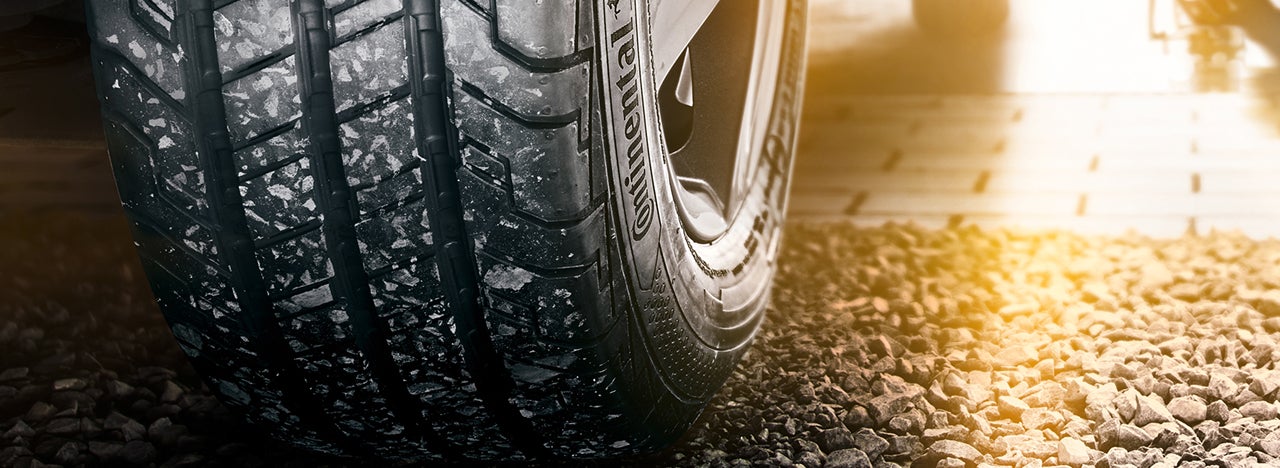
Tire components can be grouped into two main structural elements: The tread and belt assembly and the casing. These elements consist of several layers.
Starting at the road surface and working our way to the core of the tire, let’s take a look at the individual components. We’ll also discover what role these components play.
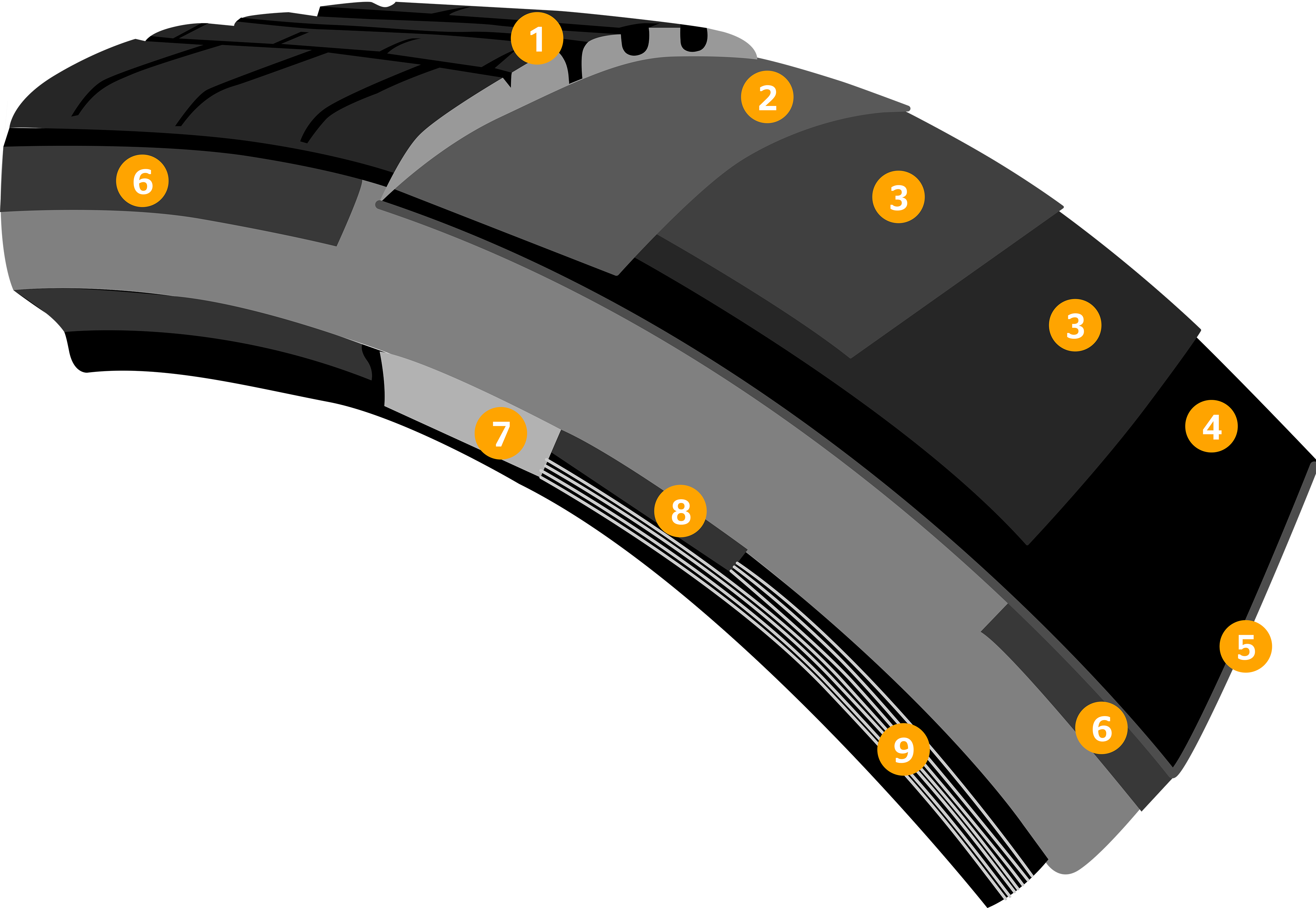
Tread: Keeping you on the road
Let’s start with the outer layers that make up the tread and belt of the tire. This principally rubber component envelops the casing and provides low rolling resistance, optimum handling, a long life and good gas mileage.
1. Tread. Made of synthetic and natural rubber. On a new tire, this textured surface ensures high mileage, good grip on the road and water expulsion. This equates to safe driving in all conditions. Tire tread connects with the road and the sidewall, and has three areas:
- Cap: This is the part of your tire that’s most in contact with the road. It provides grip on all road surfaces, wear-resistance and directional stability.
- Base: Underneath the cap, the base reduces rolling resistance and damage to the tire’s internal structure – the casing.
- Shoulder: At the outer edges of the tread, this area forms an optimal transition from the tread to the sidewall of the tire.
Continental’s contribution. In 1904, Continental was the first tire manufacturer to introduce a tread pattern to the pneumatic tires of the time.
2. Jointless cap plies. This layer, which sits directly below the tread, enables travel at high speeds. Imagine gathering a length of twine back into a ball, coiling it around and around. Jointless cap plies are a little like this. They consist of a single, strong cord of nylon, embedded in rubber. This cord spirals around the circumference of the tire, from one side to the other, without overlapping.
Continental’s contribution. A woven linen fabric embedded in rubber used to perform this function. But the crossed threads would rub against each other, resulting in a shorter tire life. In 1923, Continental introduced a new cord fabric. This fabric (described above) featured cords running in one direction held in place by supporting threads, embedded in rubber. Tires incorporating the new fabric lasted much longer.
3. Steel cord belt plies. Strong steel cords provide the tire with rigidity in this layer, which:
- Enhances shape retention and directional stability
- Reduces rolling resistance
- Increases your tire’s mileage performance.
Casing: Inside your tire
Now let’s discover the interior of the tire, known as the casing or carcass. The casing cushions the tire and contains air – functioning like an inner tube. It’s the air – not the tire itself – that carries the load. That's why inflation pressure is so important. Anyone who has ever had a flat tire knows this well!
4. Textile cord ply. This layer of textile – namely rubberized rayon or polyester – controls the internal pressure of the tire and maintains its shape.
5. Inner liner. An airtight layer of butyl rubber that fulfills a couple of crucial functions:
- Seals the air-filled inner chamber, controlling tire pressure
- Acts as an inner tube in today’s modern, tubeless car tires.
6. Sidewall. The exterior wall of your tire – connected to the tread by the tread shoulder. Made of natural rubber, the sidewall protects the casing from external damage and atmospheric conditions.
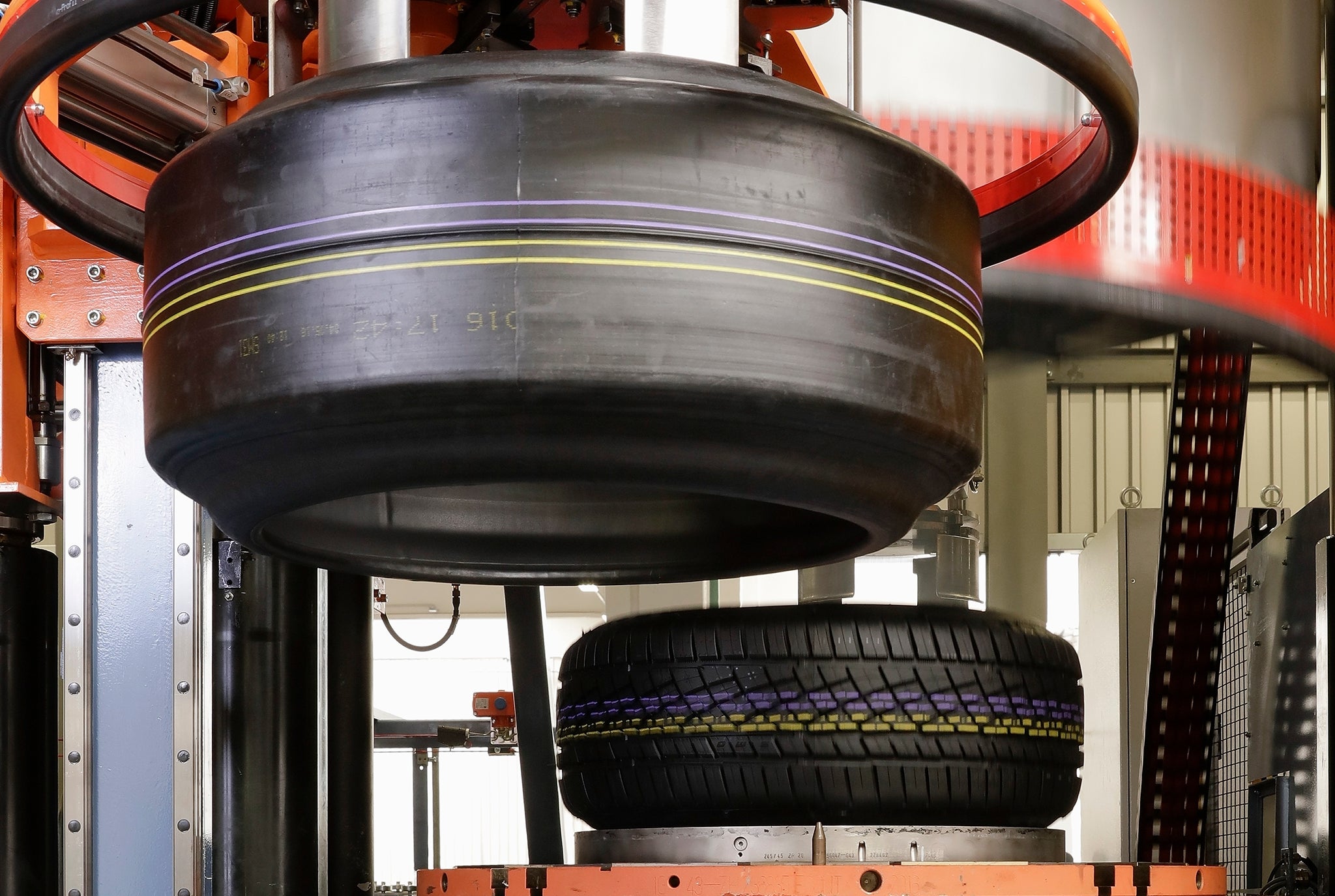
Tire bead: Connecting your tire to your wheel
Part of the casing, the tire bead component makes up the edge of the tire that sits securely on the wheel groove. It’s here that the tire is held in place on the wheel thanks to air pressure. The bead is made up of three parts.
7. Bead reinforcement. Made of nylon or aramid – a type of strong, heat-resistant, synthetic fiber, this fine cabling:
- Enhances directional stability
- Facilitates precise steering response.
8. Bead apex. A stabilizing wedge of synthetic rubber. The bead apex performs the same tasks as the bead reinforcement while also providing additional steering comfort.
9. Bead core. The heart of the bead, made up of steel wire embedded in rubber. The core ensures that the tire sits firmly on the wheel rim.
Read more here about how these components come together in the tire-building process.
Related content
-
 2024/10/17Tire sizeThere are three things to know when buying new tires for your car – the size, speed rating, and load index – and all this information is easy to find.Read more
2024/10/17Tire sizeThere are three things to know when buying new tires for your car – the size, speed rating, and load index – and all this information is easy to find.Read more -
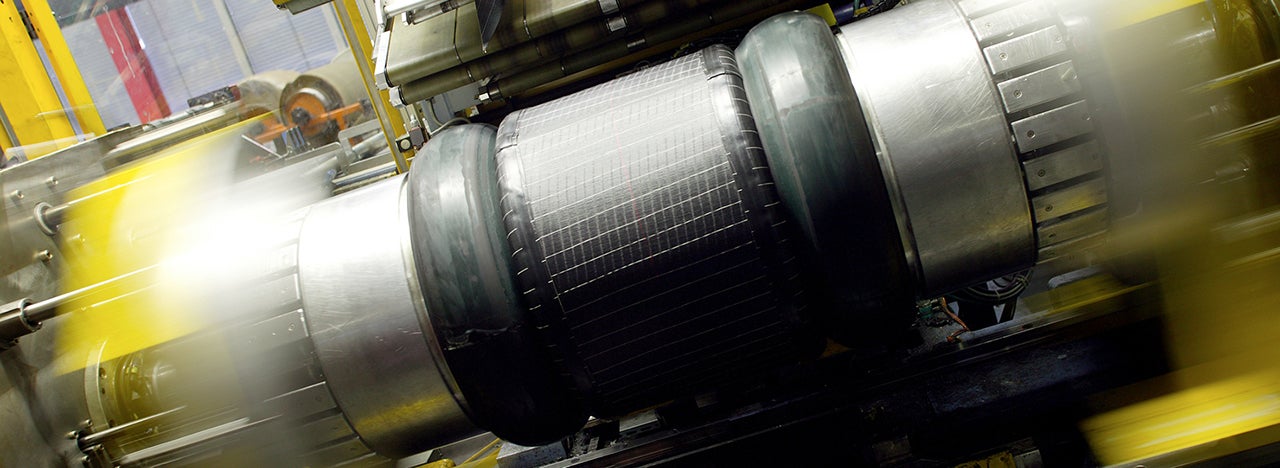 2024/10/17Tire productionA modern tire is made from many components. Follow the tire manufacturing process step by step, from raw materials to finished tires.Read more
2024/10/17Tire productionA modern tire is made from many components. Follow the tire manufacturing process step by step, from raw materials to finished tires.Read more -
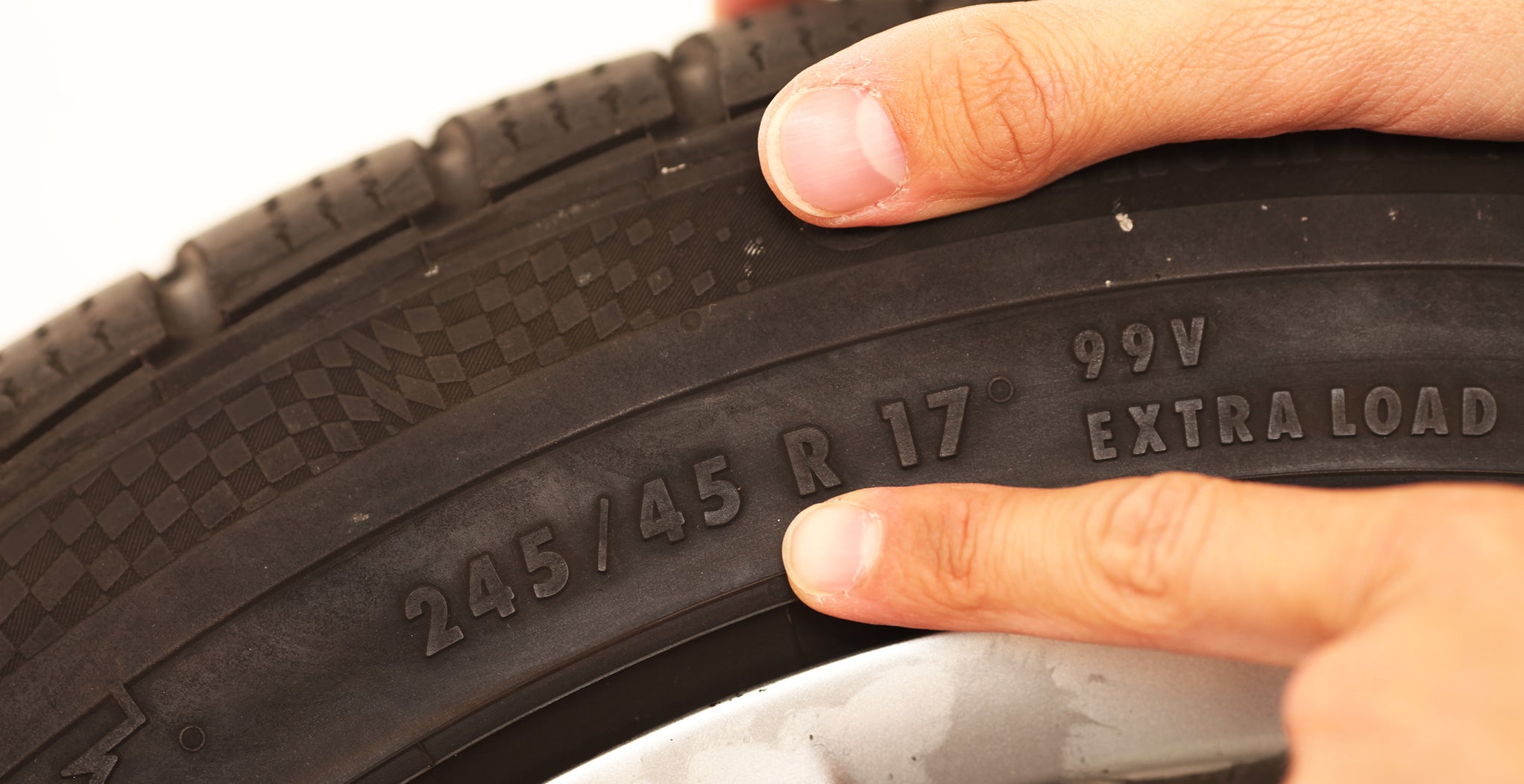 2024/10/17Tire markingsMarkings on the tire sidewall are shorthand for a wealth of information including the load index, speed rating, tire size, construction, and more.Read more
2024/10/17Tire markingsMarkings on the tire sidewall are shorthand for a wealth of information including the load index, speed rating, tire size, construction, and more.Read more
